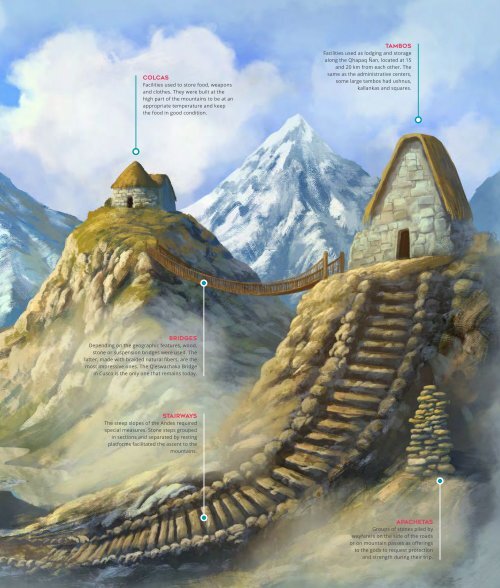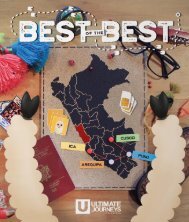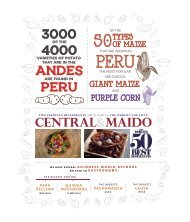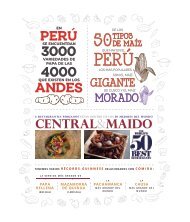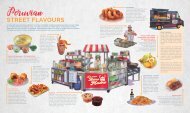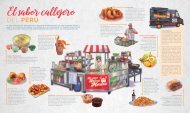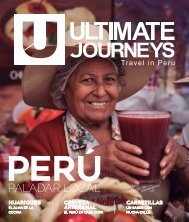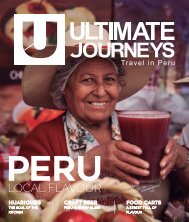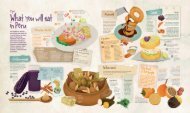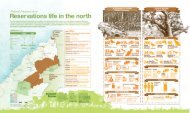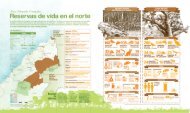UJ #14 - Qhapac Ñan
Create successful ePaper yourself
Turn your PDF publications into a flip-book with our unique Google optimized e-Paper software.
COLCAS<br />
Facilities used to store food, weapons<br />
and clothes. They were built at the<br />
high part of the mountains to be at an<br />
appropriate temperature and keep<br />
the food in good condition.<br />
TAMBOS<br />
Facilities used as lodging and storage<br />
along the Qhapaq <strong>Ñan</strong>, located at 15<br />
and 20 km from each other. The<br />
same as the administrative centers,<br />
some large tambos had ushnus,<br />
kallankas and squares.<br />
BRIDGES<br />
Depending on the geographic features, wood,<br />
stone or suspension bridges were used. The<br />
latter, made with braided natural fibers, are the<br />
most impressive ones. The Q’eswachaka Bridge<br />
in Cusco is the only one that remains today.<br />
STAIRWAYS<br />
The steep slopes of the Andes required<br />
special measures. Stone steps grouped<br />
in sections and separated by resting<br />
platforms facilitated the ascent to the<br />
mountains.<br />
APACHETAS<br />
Groups of stones piled by<br />
wayfarers on the side of the roads<br />
or on mountain passes as offerings<br />
to the gods to request protection<br />
and strength during their trip.<br />
23


